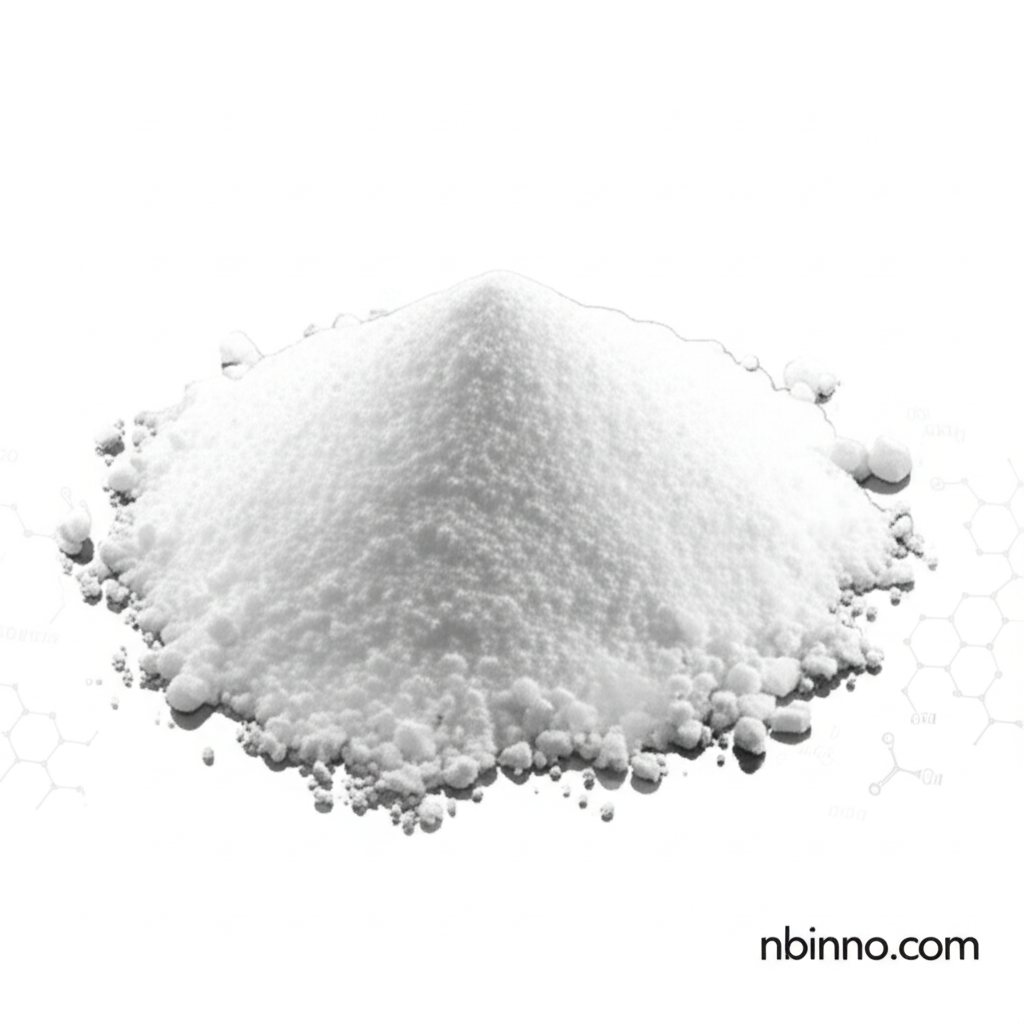Bismuth(III) Chloride: A Versatile Catalyst for Modern Synthesis
Explore the properties and diverse applications of Bismuth(III) chloride in organic chemistry and material science.
Get a Quote & SampleProduct Core Value

Bismuth(III) chloride
Bismuth(III) chloride is a crucial inorganic compound known for its role as a Lewis acid catalyst in a wide array of organic transformations. Its unique chemical properties, including low toxicity and high chemical stability, make it an attractive choice for green chemistry initiatives and various industrial applications.
- Discover the key properties of bismuth trichloride anhydrous, including its hygroscopic nature and solid crystalline form.
- Understand its utility as an analytical reagent and its role in the preparation of various bismuth salts.
- Learn how bismuth(III) chloride serves as a versatile catalyst for organic reactions, from Friedel-Crafts acylations to Michael additions.
- Explore its potential as a precursor for advanced materials and its growing applications in electronics and energy storage.
Advantages Offered by the Product
Environmental Friendliness
Bismuth chloride is recognized for its low toxicity, aligning with the principles of green chemistry and making it a preferred alternative to more hazardous catalysts in many organic synthesis applications.
Catalytic Efficiency
As a powerful Lewis acid, Bismuth(III) chloride effectively catalyzes numerous organic reactions, often at low catalytic loadings, leading to improved yields and reaction rates.
Chemical Versatility
Its broad applicability spans various reaction types, serving not only as a catalyst but also as a key reagent in the preparation of diverse bismuth compounds and advanced materials.
Key Applications
Organic Synthesis
As a Lewis acid catalyst, it is widely employed in reactions such as Friedel-Crafts alkylation and acylation, Michael reactions, and aldol reactions, facilitating complex molecular assembly.
Material Science
Bismuth(III) chloride is a precursor for bismuth-based nanomaterials used in energy storage devices like supercapacitors and batteries, enhancing performance and longevity.
Catalysis Research
Its role in promoting various chemical transformations, including green chemistry initiatives, makes it a subject of ongoing research for developing more sustainable synthetic methods.
Analytical Chemistry
It is utilized as an analytical reagent and in the preparation of specific bismuth salts, contributing to precise chemical analysis and compound synthesis.
